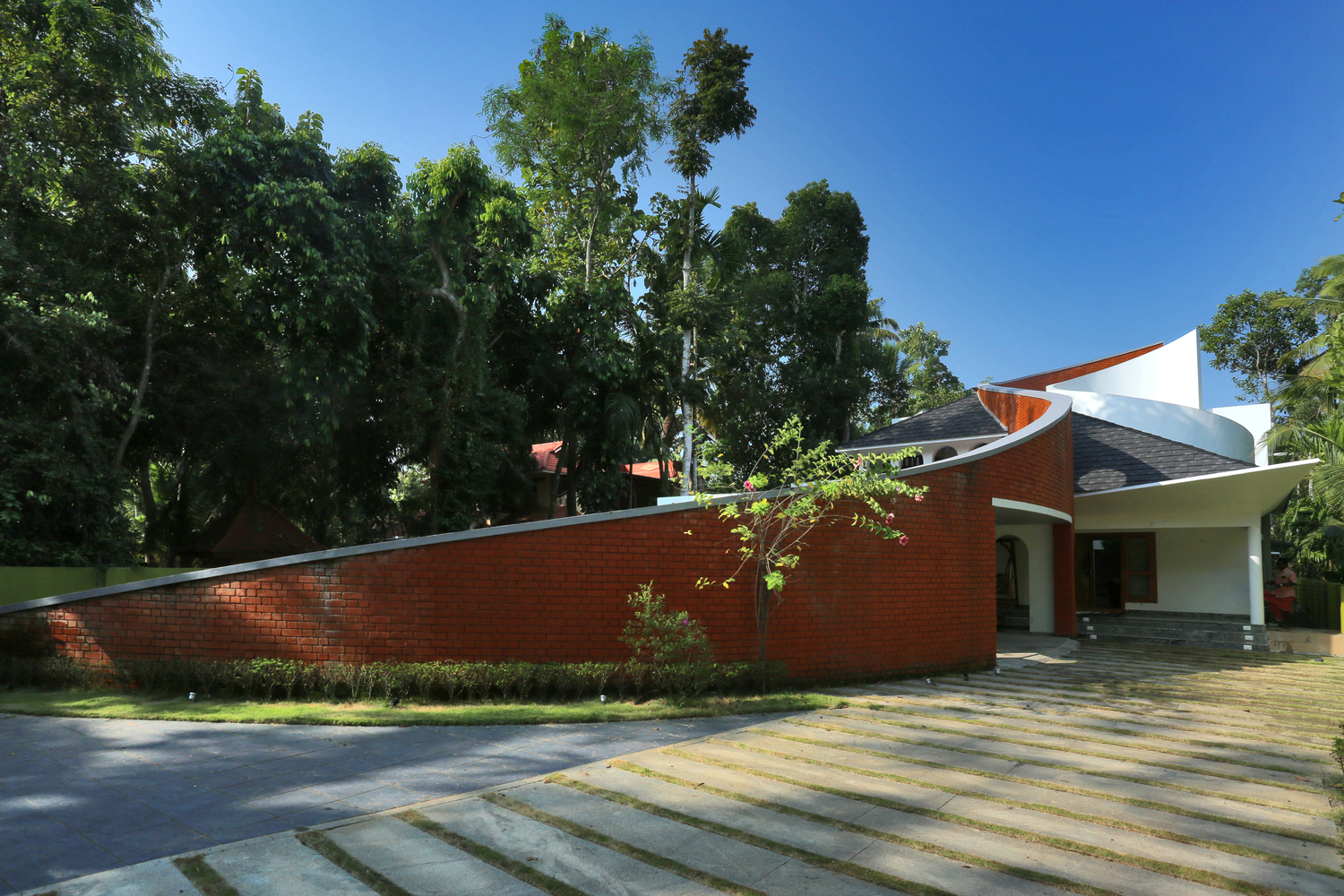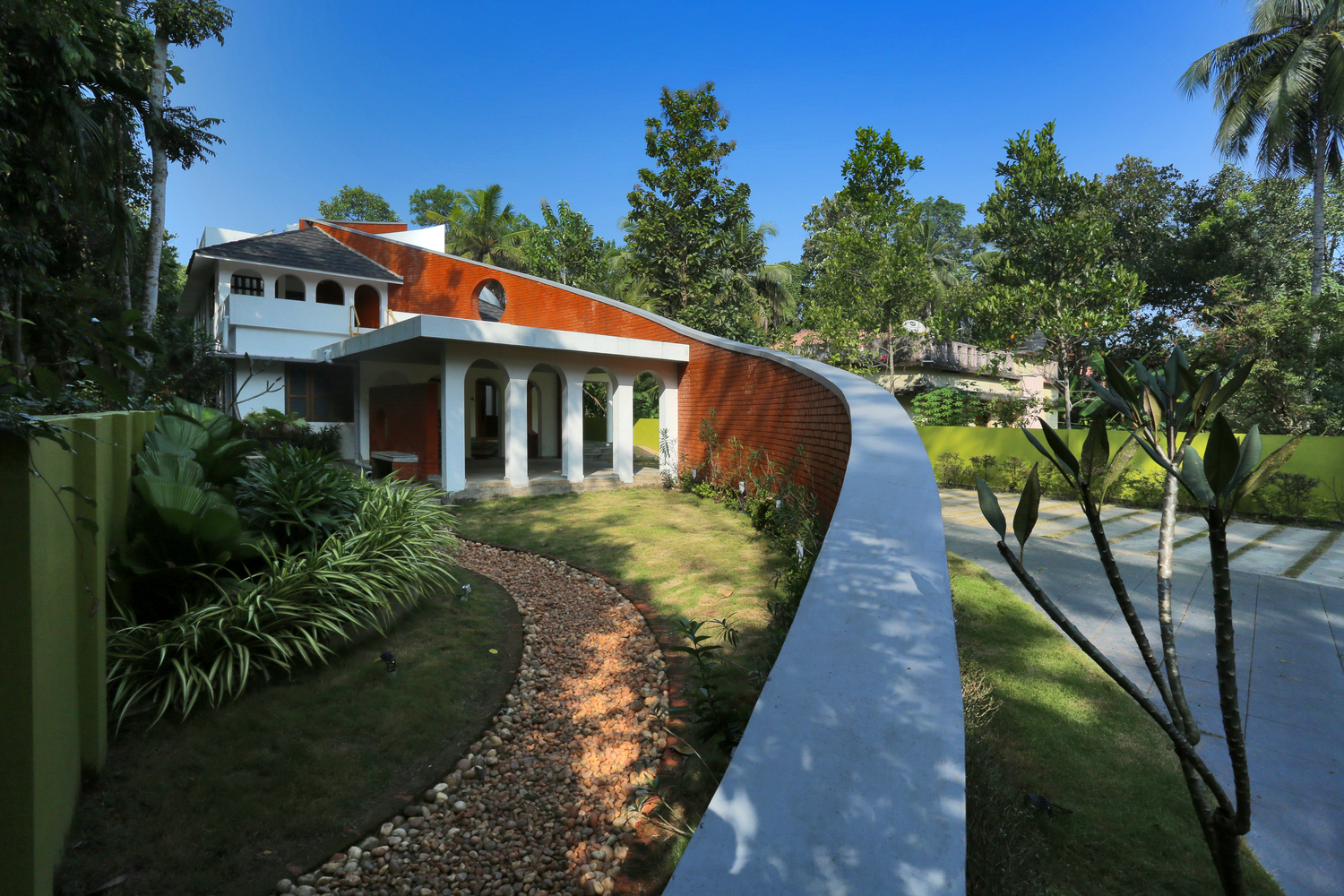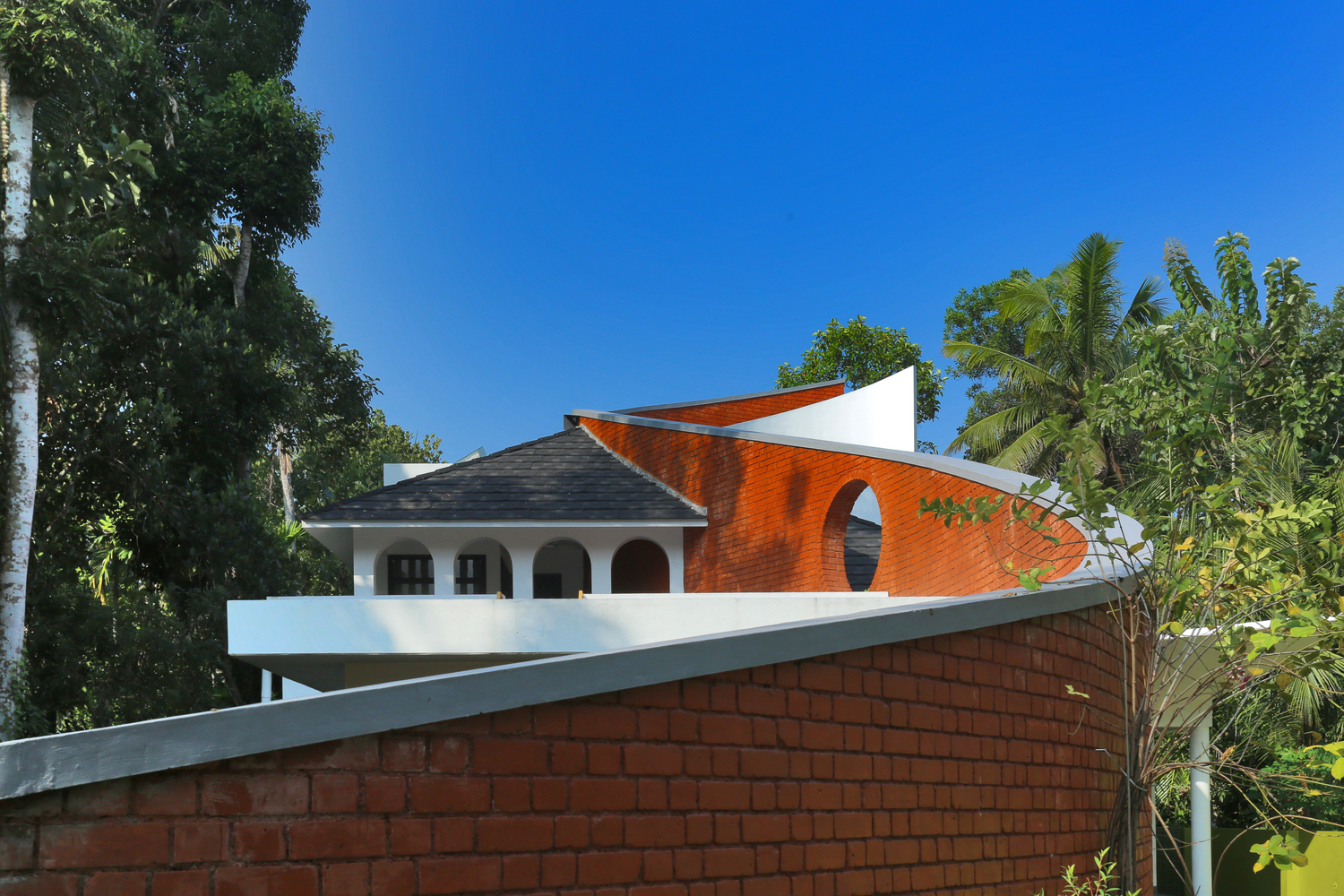
Welcome to the informative guide on determining the optimal concrete thickness for your driveway. When it comes to constructing a durable and long-lasting driveway, choosing the right concrete thickness is crucial. This guide will explore the factors to consider when determining the ideal thickness for your driveway, ensuring its strength, stability, and ability to withstand the demands of daily use.
The thickness of the concrete plays a vital role in the driveway’s ability to support vehicles, resist cracking, and endure the effects of weather and time. Factors such as the weight and frequency of traffic, soil conditions, climate, and intended use of the driveway all influence the recommended concrete thickness. By understanding these considerations, you can make informed decisions that will result in a structurally sound and functional driveway that enhances your property’s curb appeal and withstands the test of time. So let’s delve into the key factors to consider when determining the optimal concrete thickness for your driveway.
Load-Bearing Considerations
Soil Type and Stability
The type and stability of the soil on which the driveway will be constructed are crucial in determining the optimal concrete thickness. Clay soils, for example, may require thicker concrete due to their tendency to expand and contract with moisture changes. Conducting a soil analysis can help determine the appropriate thickness.
Vehicle Types and Weights
The types and weights of vehicles that will be using the driveway regularly play a significant role in determining the required concrete thickness. Heavy vehicles such as trucks or RVs exert greater loads on the driveway surface, necessitating a thicker concrete layer to withstand the pressure and prevent cracking or structural damage.
Traffic Volume and Intensity
The volume and intensity of traffic the driveway will experience should be considered. A high-traffic driveway with frequent vehicle movements requires a thicker concrete layer to ensure long-term durability and resistance to wear and tear.
Driveway Slope and Gradient
The slope and gradient of the driveway affect the load distribution and drainage. Steeper slopes put more stress on the concrete, necessitating a thicker slab to handle the additional forces. Proper water drainage is also essential, and the slope should be designed to prevent water pooling, which can lead to erosion and concrete damage.
Future Construction Plans
Considering any future construction plans that may involve heavy machinery or additional structures near the driveway is important. If there are plans for construction in the vicinity, it is advisable to increase the concrete thickness to accommodate the potential increased loads and potential impacts from construction activities.
It’s important to note that these factors should be evaluated collectively to determine the optimal concrete thickness for a driveway. Consulting with a professional engineer or contractor experienced in driveway construction is recommended for an accurate assessment.

Climate and Environmental Factors
Freeze-Thaw Cycles
In regions where freeze-thaw cycles occur, the concrete thickness should be designed to withstand the expansion and contraction caused by freezing and thawing. Thicker concrete provides better resistance to cracking and damage caused by the expansion of moisture within the concrete during freezing temperatures.
Precipitation and Drainage
The amount of precipitation in an area and the effectiveness of drainage systems influence the concrete thickness needed for a driveway. Areas with high rainfall or poor drainage may require a thicker concrete layer to prevent water penetration and potential damage from water pooling or erosion.
Temperature Extremes
Extreme temperature variations can impact the durability of concrete. In areas with significant temperature fluctuations, including both extreme heat and cold, thicker concrete can provide better resistance to cracking and structural damage caused by thermal expansion and contraction.
Soil Expansion and Contraction
Soils with high expansion and contraction rates due to moisture changes can exert pressure on the concrete. In such cases, a thicker concrete layer helps minimize the impact of soil movements, reducing the risk of cracks and uneven settlement.
Environmental Impact
Consideration of the environmental impact is important in determining the concrete thickness for a driveway. Factors such as carbon footprint, sustainability, and the use of eco-friendly materials may influence the design and thickness requirements. Thicker concrete may be needed to meet specific environmental standards or to incorporate recycled materials.
Aesthetics and Design
Design Preferences and Styles
When considering the aesthetics of a driveway, design preferences and styles play a significant role. The thickness of the concrete can be determined based on the desired design elements, such as curved or straight edges, patterns, or the inclusion of decorative elements. Thicker concrete allows for more design flexibility and can support intricate or customized features.
Decorative and Surface Finishes
The choice of decorative and surface finishes, such as stamped concrete, exposed aggregate, or stained concrete, can impact the required concrete thickness. Certain finishes may require a thicker concrete layer to accommodate the application process and ensure the desired aesthetic outcome.
Integration with Landscape
Integrating the driveway with the surrounding landscape is an important consideration. The thickness of the concrete should be determined based on factors such as the presence of trees or roots, slopes, and the need for retaining walls or drainage features. Thicker concrete may be necessary to accommodate these landscape elements and ensure seamless integration.
Safety and Accessibility Features
Safety and accessibility features, such as ramps, crosswalks, or textured surfaces for improved traction, may influence the concrete thickness. These features often require additional thickness to meet safety standards and ensure ease of use for pedestrians and individuals with disabilities.
Future Maintenance and Repairs
Considering future maintenance and repair requirements is essential for the longevity of the driveway. Thicker concrete can provide better resistance to wear and tear, reducing the frequency of repairs or resurfacing. It also allows for easier access and repair of underlying utilities, such as pipes or cables, without damaging the concrete surface. This consideration of long-term durability and accessibility is similar to the approach taken when calculating interior demolition costs, where factors such as structural integrity, future renovations, and ease of access for utilities are taken into account to determine the most cost-effective demolition solution.

In Conclusion
Determining the optimal concrete thickness for a driveway requires careful consideration of various factors. Load-bearing considerations, including soil type, vehicle weights, traffic volume, driveway slope, and future construction plans, play a crucial role in determining the required thickness. Climate and environmental factors, such as freeze-thaw cycles, precipitation, temperature extremes, soil expansion, and environmental impact, also influence the concrete thickness. Additionally, aesthetics and design preferences, integration with the landscape, safety features, and future maintenance and repair requirements should be taken into account. Thicker concrete provides better resistance to wear and tear, reduces the frequency of repairs, and allows for easier access to underlying utilities without damaging the surface. Consulting with professionals experienced in driveway construction and considering local building codes will ensure a well-designed, durable, and visually appealing driveway that meets both functional and aesthetic needs. By carefully assessing these factors, homeowners can make informed decisions regarding the optimal concrete thickness for their driveway, promoting its longevity and functionality for years to come.
Images from The Skyward Home by S Squared Architects – See the full story here



